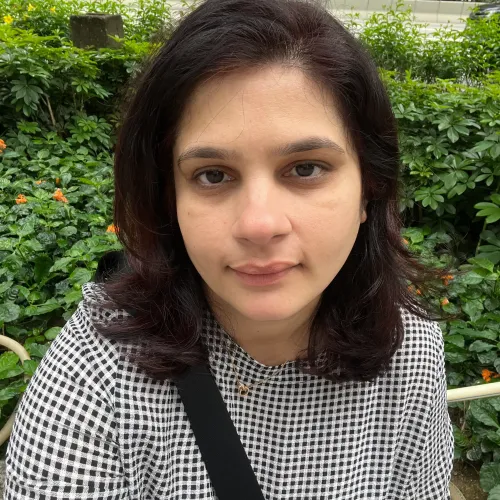
How classes on Indian languages bridge cultural gaps in Hong Kong
Besides helping children connect with their Indian heritage, Sanskriti Global Group also encourages adult learners to build connections across communities
 Sanskriti Global Group celebrates Indian culture and language at a gala at the Hong Kong Cricket Club. Photo: Handout
Sanskriti Global Group celebrates Indian culture and language at a gala at the Hong Kong Cricket Club. Photo: HandoutCorrected: This article has been updated to remove an incorrect detail stating that Sanskriti’s courses are accredited by the Indian government.
Every week, Talking Points gives you a worksheet to practise your reading comprehension with exercises about the story we’ve written
On a rainy Saturday afternoon in Hong Kong, the Sanskriti Global Group celebrated their annual gala, Sanskriti Utsav. The event last month saw youngsters performing classical Indian dances and speaking in regional Indian languages.
The gala showcased the students’ talents and raised awareness about the importance of preserving Indian culture and languages.
Set up in 2006, the foundation provides a platform for students – especially the children of immigrants and expatriates from India – to learn Indian languages, while celebrating cultural diversity. While it is based in Hong Kong, Sanskriti Global also operates courses in Singapore, Canada and India.
According to the group’s founder Geetanjali Dhar, who arrived in Hong Kong more than two decades ago, it is easy for younger generations to lose touch with their linguistic roots.
Dhar shared that 30 per cent of the group’s students are third-culture children whose parents want to equip their children with multilingual skills.
“It is a very complex demographic,” she said. “Our student body is made up of children from Indian origin families who may have never lived in India or those who come from mixed marriages.”
Connect with culture
Every year, Sanskriti Global Group teaches nearly 100 students across Hong Kong and Singapore. For the group’s Hindi students, after reaching the required proficiency, they are nominated to sit for official examinations with the Indian government’s Ministry of Education.
One pupil, 10-year-old Neil Reddy, said learning Hindi was a valuable skill for communicating with his friends and family on visits to India.
“Watching Bollywood movies helps me practise my Hindi, and I am also learning French and Mandarin at the same time,” said Neil, who is studying at French International School.
Seven-year-old Yashna Melwani has been learning Hindi since the age of one. Although her parents have never lived in India, they wanted her to be connected to their roots.
“I speak Hindi with my helper auntie, who is from India,” said Yashna, who is a pupil at International Montessori School. “I made a lot of friends in the class, and I really enjoy my weekly lessons.”
For Sonali*, the mother of another seven-year-old Sanskriti student, she has seen a huge improvement in her child’s Hindi abilities in the past year.
“The main difference is that her accent went away, and she got comfortable with the language very quickly,” Sonali noted.
The Indian Hongkonger YouTuber educating viewers about her culture
Learners of all ages
Sanskriti Global’s students are not only young people whose families are from India.
Dhar explained: “India is a rapidly advancing economy that will be a big market in the future ... highlighting the global relevance of learning Hindi.”
For Hongkonger Melissa Stone Bhasin, her urge to learn Hindi began when she spent some years working in Mumbai, India.
“During tea breaks, my colleagues would gossip, and I would be left out,” recalled Bhasin, who is in her early 30s.
She started learning Hindi there, and a few years after returning to Hong Kong in 2019, she began taking Sanskriti’s classes.
“I found that in Sanskriti, there was structure around its courses that I could adhere to. Otherwise, the language learning process is very ad-hoc,” she noted.
Now, her reading and writing abilities are strong, and she is improving her speaking skills. Last month, she was on a panel at Sanskriti Utsav – her first time speaking in Hindi for an audience.
In Hong Kong, Bhasin also met her husband, who is from India.
“For the first three months after we began dating, I did not tell him I speak Hindi,” she said. “I would understand everything he would be talking about with his family.”
Aside from adults looking to pick up new skills, Sanskriti Global also provides professional training in Hindi, Nepalese and Bahasa Indonesian for Hong Kong’s Immigration Department and police force.
For instance, the group works with HKU Space Community College to teach conversational Hindi to four batches of 25 police force employees every year.
These initiatives are helping government employees connect with the city’s ethnic minority communities.
For students of all ages, Sanskriti Global is building meaningful new bonds through language and culture.
*Full name withheld at interviewee’s request.
To test your understanding of this story, download our printable worksheet or answer the questions in the quiz below.
